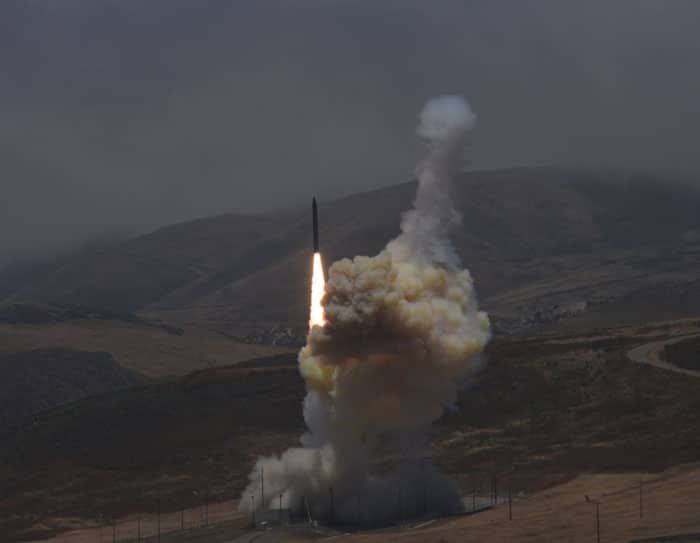US Ground-based midcourse missile defense: Expensive and unreliable
By Laura Grego | June 28, 2018
 Launch of a missile defense interceptor from Vandenburg Air Force Base in California.
Launch of a missile defense interceptor from Vandenburg Air Force Base in California.
The Trump administration is seeking a significant expansion in the Ground-based Midcourse Defense program – a missile defense system on which the United States has already spent some 67 billion. Since the Ground-based Midcourse Defense system was declared, more than 15 years ago, to have achieved initial operational capability, tests of the system have failed more often than they have succeeded, despite their having been conducted under artificially simplified conditions. The system does not dissuade nations such as North Korea from developing intercontinental missiles; it likely would not deter North Korea or Iran from attacking the United States; and it would almost certainly fail to provide effective defense against a real attack. Meanwhile, because Russia and China have legitimate reasons to perceive the Ground-based Midcourse Defense system as a potential threat, they have incentives to improve or expand their nuclear capabilities. Despite all this, the program has faced little meaningful resistance in Congress or in successive presidential administrations – a reality that is unlikely to change soon.
Together, we make the world safer.
The Bulletin elevates expert voices above the noise. But as an independent nonprofit organization, our operations depend on the support of readers like you. Help us continue to deliver quality journalism that holds leaders accountable. Your support of our work at any level is important. In return, we promise our coverage will be understandable, influential, vigilant, solution-oriented, and fair-minded. Together we can make a difference.
Issue: Bulletin of the Atomic Scientists Volume 74 Issue 4
Keywords: China, Ground-based Midcourse Defense, Iran, North Korea, Russia, United States
Topics: Nuclear Risk, Nuclear Weapons














